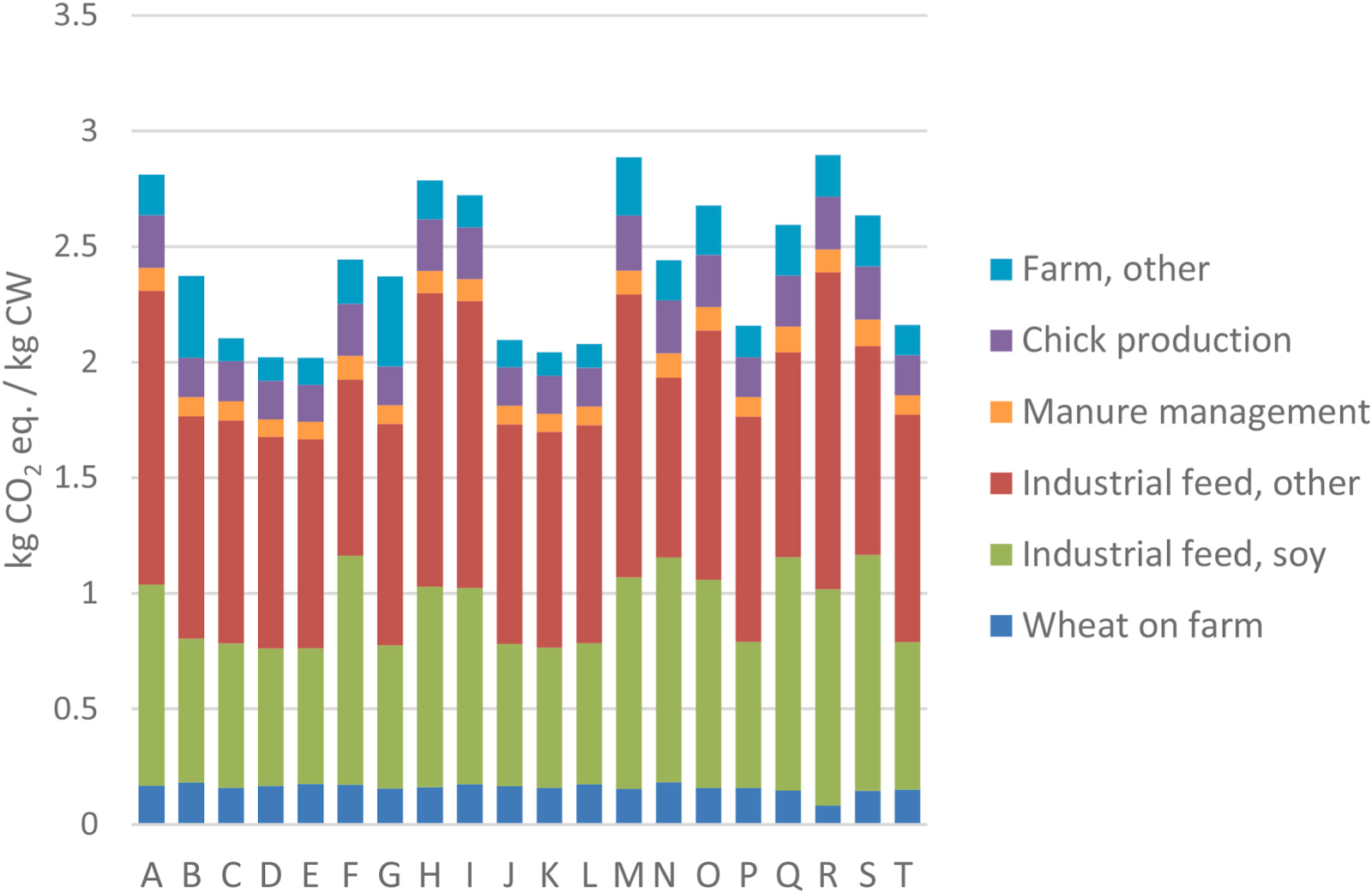July 20, 2023 | Science of The Total Environment
The consumption of poultry meat, particularly broiler chicken, has been steadily increasing in Finland. However, there has been a lack of updated information regarding the environmental impact of broiler production in the country. Notably, the specific impacts of broiler production on climate change and water scarcity have not been thoroughly investigated. To address this knowledge gap, researchers from the Natural Resources Institute Finland (Luke) undertook a comprehensive study utilizing Life Cycle Assessment (LCA) methodology to quantify the environmental effects of Finnish broiler chicken meat production.
In this study, a two-fold focus was placed on climate change and water scarcity impacts. To assess the latter, the AWARE (AWARE - Water Use in Life Cycle Assessment and Resource Efficiency) method was employed, marking its debut as a characterization method in the context of broiler chicken production. The research adhered to the European Commission's Product Environmental Footprint (PEF) guidelines wherever applicable to ensure consistency in LCA calculations.
The dataset used in this study was extensive, encompassing 89% of Finnish broiler chicken production in 2018, making the findings highly representative of the industry. The results revealed that the climate impact of Finnish broiler chicken meat was 2.37 kg CO2 equivalent per kilogram of carcass weight (CW), accounting for the impact of land use change (LUC). Excluding LUC, the climate impact was measured at 1.82 kg CO2 equivalent per kilogram of CW. Notably, the feed chain emerged as a significant contributor, responsible for nearly four-fifths (79%) of the climate change impact associated with Finnish chicken meat.
The study also shed light on the water scarcity impact, measuring it at 0.55 cubic meters equivalent (AWARE) per kilogram of CW. Intriguingly, the feed chain was identified as the primary driver, responsible for more than four-fifths (82%) of the water scarcity impact attributed to broiler production.
Furthermore, the research ventured beyond national-level assessments by providing farm-specific results for 20 individual farms. These farm-level insights not only highlighted variations in environmental impact but also outlined potential areas for improvement. The study underscores the critical role of feeds in influencing both climate change and water scarcity impacts in broiler chicken production, offering valuable insights for sustainable agricultural practices.
Read more: Environmental life cycle assessment of Finnish broiler chicken production – Focus on climate change and water scarcity impacts

Fig. 5. Broiler chicken climate change impact in 20 farms kg CO2 eq./kg CW (without slaughter process).



